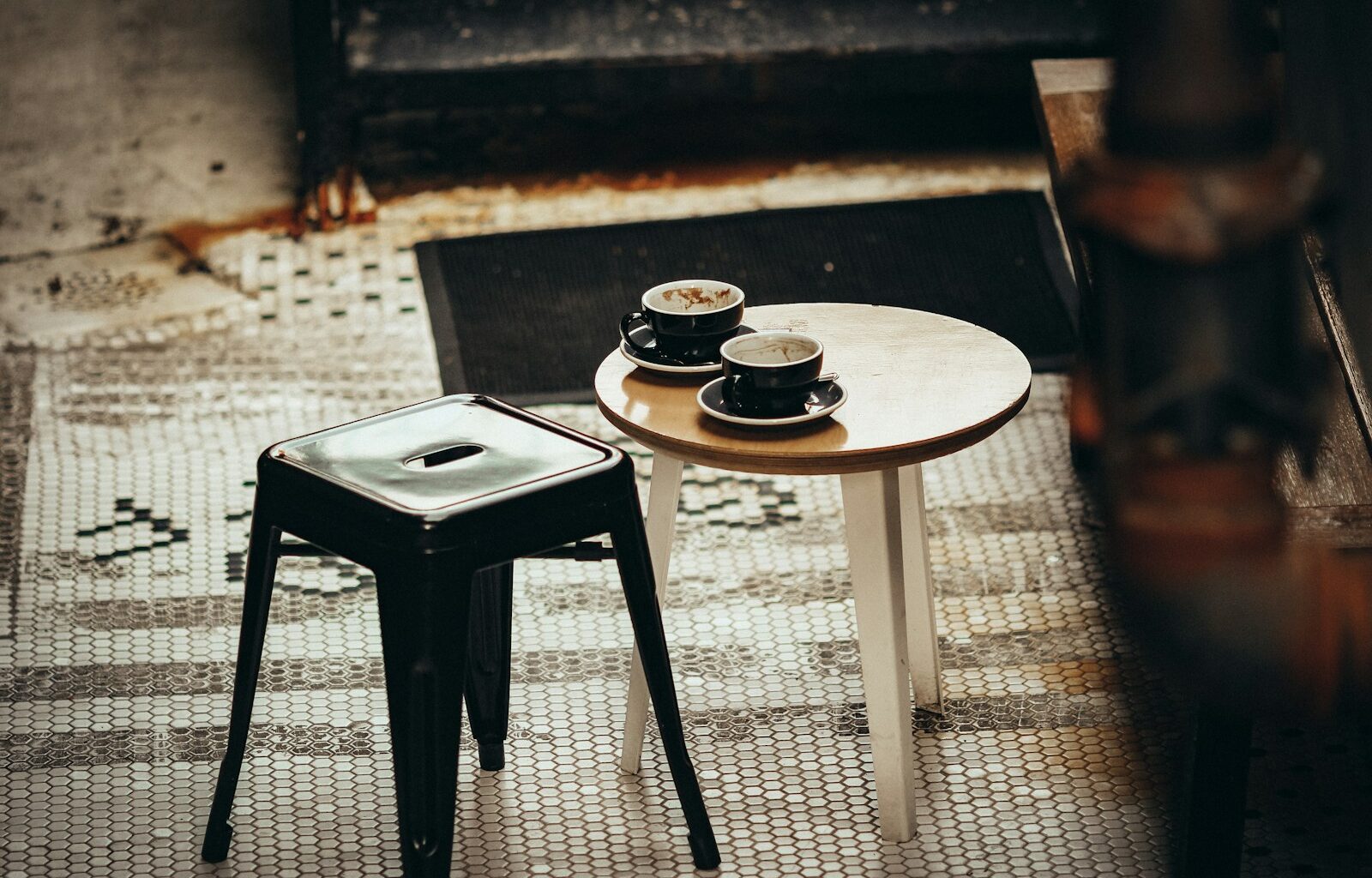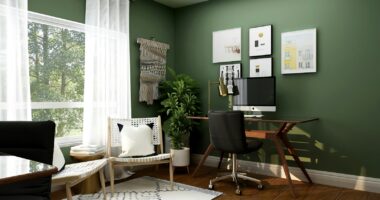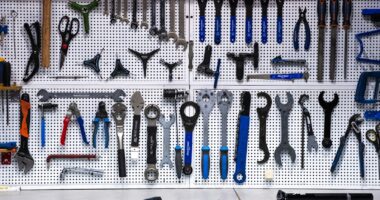Building a coffee table from reclaimed pallets creates unique furniture for 80% less cost than retail alternatives while developing woodworking skills and supporting environmental sustainability. Furniture industry studies show that pallet furniture projects save an average of $400 per piece while diverting 95% of materials from landfills and providing customization options unavailable in mass-produced furniture.
1. Pallet Selection and Safety Assessment
1.1 Heat-Treated vs Chemical-Treated Identification
Look for “HT” stamps indicating heat treatment rather than “MB” stamps showing methyl bromide chemical treatment, which poses health risks. Heat-treated pallets are safe for indoor furniture while chemically treated pallets should only be used for outdoor projects with proper sealing.
1.2 Structural Integrity and Quality Evaluation
Choose pallets with minimal damage, tight joints, and straight boards to ensure furniture stability and safety. Avoid pallets with broken boards, loose nails, or signs of pest damage that compromise structural integrity and finished appearance.
1.3 Size and Configuration Matching
Standard pallets measure 48″ x 40″ but variations exist—select pallets that match your desired table dimensions and room scale. Larger pallets create substantial coffee tables while smaller ones suit compact spaces or side table projects.
1.4 Source Verification and Acquisition
Obtain pallets from reputable businesses that can verify their origin and use history—avoid pallets that transported chemicals, food, or unknown materials. Many businesses give away clean pallets while some charge nominal fees for premium condition pallets.
2. Tools and Materials Preparation
2.1 Essential Hand Tools and Power Tools
Basic tools include hammer, pry bar, sandpaper or electric sander, drill, saw, measuring tape, and safety equipment. Power tools like circular saws and electric sanders significantly speed the project while hand tools provide more control for detail work.
2.2 Hardware and Fastening Materials
Wood screws, wood glue, corner brackets, and furniture legs or casters provide assembly options for different design preferences. Quality hardware ensures long-lasting furniture while appropriate fasteners prevent splitting and provide strong joints.
2.3 Finishing Materials and Protection
Wood stain, paint, or natural oil finishes protect wood while enhancing appearance and durability. Clear protective coatings like polyurethane provide water resistance and durability for high-use furniture while maintaining natural wood appearance.
2.4 Safety Equipment and Workspace Preparation
Safety glasses, work gloves, dust masks, and ear protection prevent injuries during construction. Well-ventilated workspace with adequate lighting and stable work surfaces ensures safe, efficient project completion.
3. Disassembly and Board Preparation
3.1 Careful Pallet Disassembly Techniques
Remove pallet boards carefully using pry bars and hammers to minimize wood damage and preserve maximum usable material. Work slowly and systematically to avoid splitting boards or bending nails that complicate removal.
3.2 Nail Removal and Hole Treatment
Extract all nails completely using nail pullers or pliers, then fill nail holes with wood filler for smooth, professional appearance. Proper hole filling prevents splinters and creates clean surfaces for finishing applications.
3.3 Board Inspection and Sorting
Sort boards by quality, size, and intended use—best boards for visible surfaces, damaged boards for internal structure. This sorting maximizes material use while ensuring highest quality wood appears in prominent locations.
3.4 Surface Preparation and Sanding
Sand all boards thoroughly starting with coarse grit and progressing to fine grits for smooth, splinter-free surfaces. Proper sanding removes rough texture and prepares wood for stain or paint adhesion while creating professional-quality finish.
4. Design Planning and Measurements
4.1 Table Dimensions and Proportions
Standard coffee tables measure 16-18″ high, 36-48″ long, and 18-24″ wide to complement typical seating arrangements. Adjust dimensions to fit your space and seating while maintaining proportional relationships that create attractive, functional furniture.
4.2 Storage and Functionality Integration
Plan integrated storage through lower shelves, hidden compartments, or magazine racks that maximize functionality without compromising aesthetics. Storage features add significant value while utilizing space efficiently in smaller rooms.
4.3 Style and Aesthetic Considerations
Decide on rustic, modern, or industrial styling that matches existing decor through finish choices, hardware selection, and design details. Consistent styling creates cohesive room appearance while expressing personal taste and preferences.
4.4 Mobility and Placement Options
Consider adding wheels or casters for easy movement and cleaning access while ensuring they complement the overall design aesthetic. Mobile furniture provides flexibility in small spaces while maintaining stability during use.
5. Construction Process and Assembly
5.1 Frame Construction and Base Assembly
Build the table frame using strongest, straightest boards with proper joinery techniques that ensure long-term stability. Use wood glue and screws for permanent joints while allowing for seasonal wood movement.
5.2 Top Surface Creation and Installation
Create smooth, attractive table surfaces using best quality boards with tight joints and consistent grain patterns. Consider using alternating grain directions or creating patterns that enhance visual appeal while maintaining structural integrity.
5.3 Support Structure and Reinforcement
Add cross-braces, corner brackets, or additional supports as needed to prevent wobbling and ensure furniture meets safety standards for intended use. Proper reinforcement prevents structural failure and extends furniture life.
5.4 Hardware Installation and Final Assembly
Install all hardware with pilot holes to prevent splitting while ensuring proper alignment and function. Use appropriate fasteners for different materials and stress levels to create durable, professional connections.
6. Finishing Techniques and Protection
6.1 Surface Preparation and Prime Coating
Final sanding with fine grit paper removes construction marks while primer or wood conditioner ensures even stain or paint coverage. Proper preparation creates professional results that highlight wood grain and texture beautifully.
6.2 Stain Application and Color Matching
Apply stain evenly with brush or cloth using light coats and following wood grain for consistent color and appearance. Test stains on scrap pieces to ensure desired color match with existing furniture or room decor.
6.3 Protective Finish Application
Apply multiple thin coats of polyurethane, lacquer, or natural oil finish for durability and water resistance. Proper finish application protects wood from daily wear while maintaining attractive appearance for years.
6.4 Hardware and Detail Finishing
Install final hardware, handles, or decorative elements that complete the design while ensuring all components function properly. Attention to finishing details distinguishes professional-quality furniture from amateur projects.
7. Quality Control and Maintenance
7.1 Structural Testing and Safety Verification
Test table stability, weight capacity, and joint integrity before regular use to ensure safety and durability standards. Proper testing prevents accidents while identifying areas needing reinforcement or adjustment.
7.2 Surface Protection and Care Instructions
Develop maintenance routines that preserve finish quality and prevent damage from daily use—coasters for drinks, placemats for hot items, regular cleaning protocols. Proper care extends furniture life significantly.
7.3 Seasonal Maintenance and Adjustments
Plan periodic maintenance including hardware tightening, finish touch-ups, and structural inspections that maintain furniture quality over time. Regular maintenance prevents small problems from becoming major repairs.
7.4 Modification and Upgrade Possibilities
Consider future modifications like additional storage, different finishes, or hardware upgrades that adapt furniture to changing needs. Flexible design allows evolution while maintaining core functionality and investment value.
Conclusion
Building a custom coffee table from pallets provides valuable woodworking experience, significant cost savings, and unique furniture that reflects personal style and environmental consciousness. The project requires basic tools and skills while offering opportunities to develop craftsmanship and problem-solving abilities. Start with simple designs and gradually attempt more complex features as confidence and skills develop. Quality materials, careful construction, and proper finishing create furniture that rivals expensive commercial alternatives while providing the satisfaction of handmade craftsmanship. Your pallet coffee table will serve as both functional furniture and conversation piece that demonstrates creativity, resourcefulness, and commitment to sustainable living practices.












